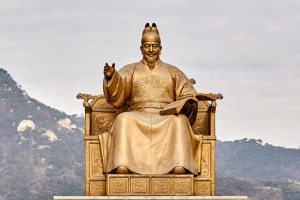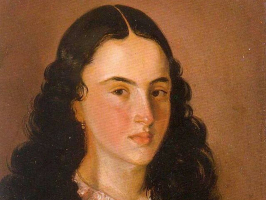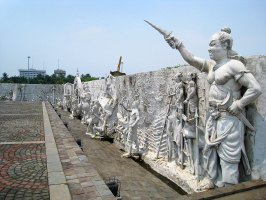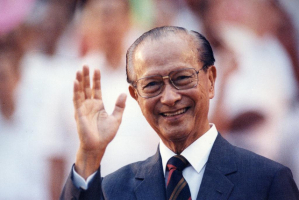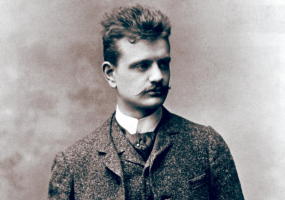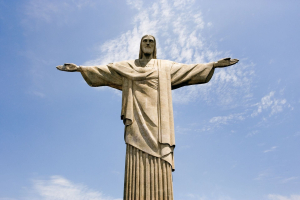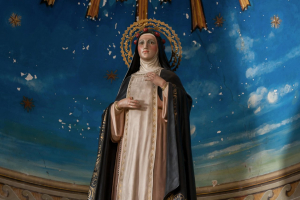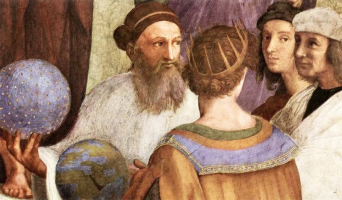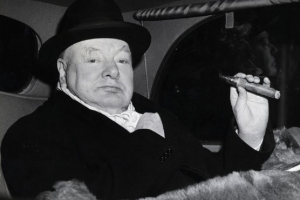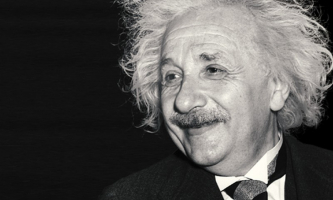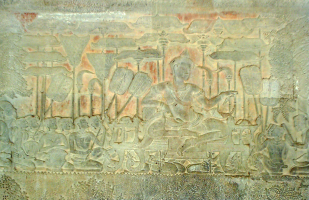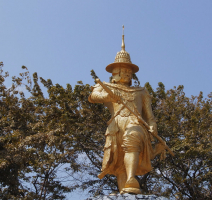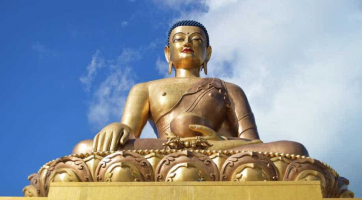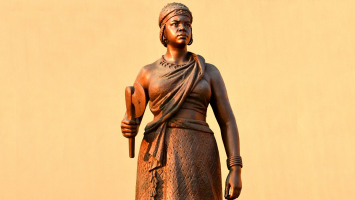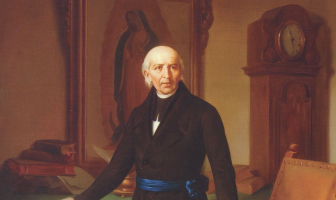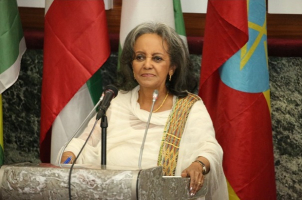Top 8 Most Important Historical Figures In Italy
Italians are among the world's most alluring and devoted people. Italy may be a small country, but the magnificence of its medieval culture is astounding. The ... read more...explorers like Columbus, Polo, and Vespucci were exploring more modern routes in the New World while the specialists were depicting their enchantment on canvas. Here’s our pick of the most important historical figures in Italy.
-
The best illustration of what we just said is Archimedes, who was by all accounts a Greek when he was born in Syracuse, Sicily, in 287 B.C. He could speak Greek and was a part of a Greek society that was at odds with Roman culture in many ways at the time. It is said that the renowned inventor Archimedes created and constructed sophisticated technology to protect his native Syracuse from the invasion of the Roman troops. Nevertheless, he was Italian.
Not just because he established the physical principle that carries his name, Archimedes has been one of the most important mathematicians and physicists in human history. He not only laid the groundwork for how we learn and comprehend physics, but he also made revolutionary contributions to the domains of calculus and mathematics. He is also renowned for a number of amusing anecdotes, many of which read more like legends than like actual historical facts. The most well-known is his supposed shout of joy upon discovering his renowned principle: "Eureka!" (which translates as "I discovered it!" in various languages), which is now used to describe a 'lightbulb moment'.
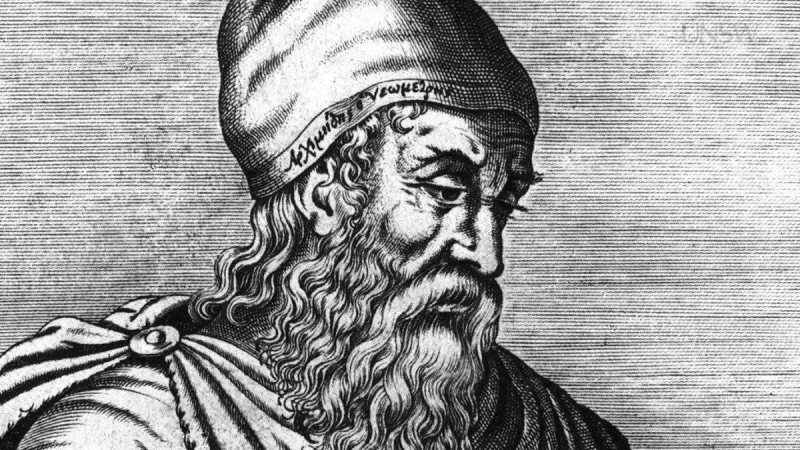
Photo: ZME Science - Archimedes 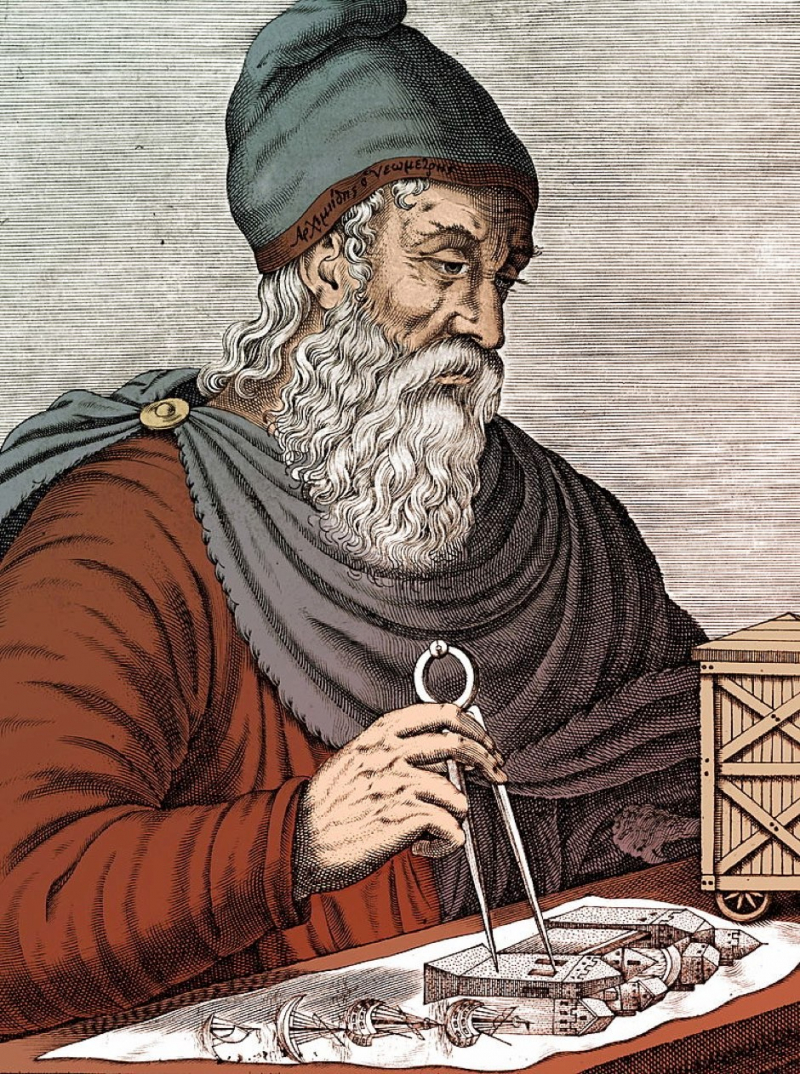
Photo: BBC Science Focus Magazine - Archimedes -
Graphic designers and math nerds all across the world tremble at the mention of Leonardo Fibonacci. Even if you haven't heard of him, he has helped shape many of the images you are acquainted with, including fonts, logos, and a sizable portion of contemporary graphic design. He also started a revolution in western mathematics education. The Arabic numeral system was introduced to the Western World by this great mathematician (which was already known, but not particularly popular before his time). Hindu-Arabic numerals were introduced to Europe by Fibonacci in Liber abaci, the first book on Indian and Arabian mathematics written in Europe.
Leonardo Fibonacci makes math nerds and graphic designers shudder all around the world. Even if you haven't heard of him, he has a significant influence on most of modern graphic design as well as many of the graphics you are familiar with, such as fonts and logos. A revolution in western mathematics education was also brought about by him. This renowned mathematician introduced the Arabic numerical system to the Western World (which was already known, but not particularly popular before his time). Fibonacci's Liber Abaci, the first book on Indian and Arabian mathematics written in Europe, was the first to use Hindu-Arabic numerals.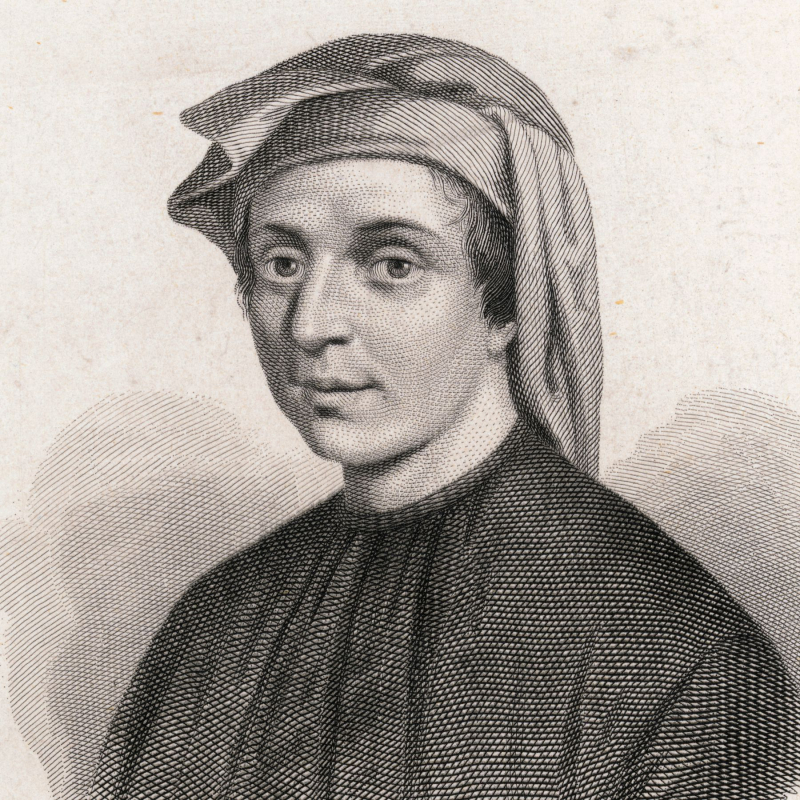
Photo: ThoughtCo - Leonardo Fibonacci 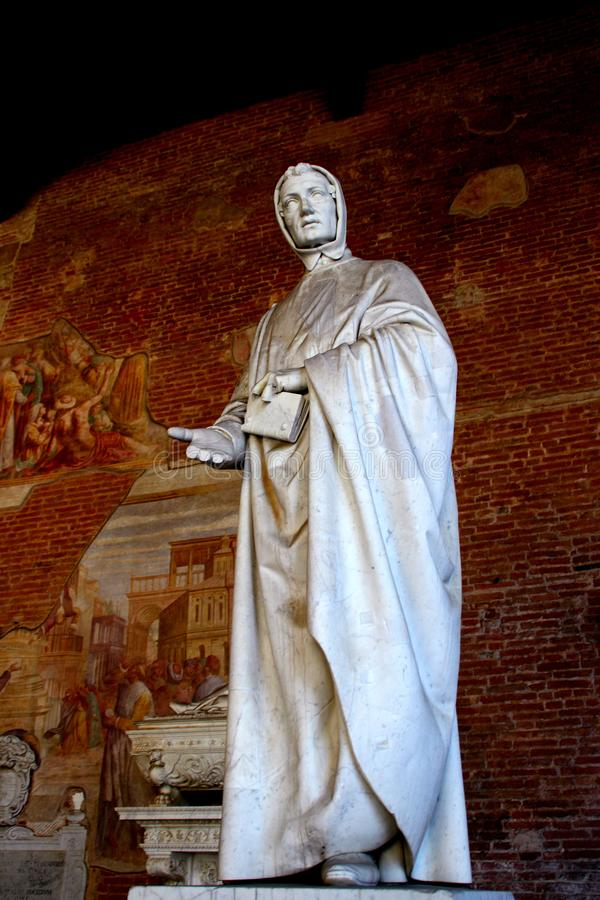
Photo: Dreamstime.com - Leonardo Fibonacci -
You might have noticed by now that the pick of the most important historical figures n Italy only features scientists. Balance is the key here; you will discover many references to Italy's contributions to music, literature, painting, and sculpture, and you are undoubtedly already aware that Dante Alighieri, Michelangelo, and Leonardo Da Vinci were all Italian. Toplist decided to offer this list a unique twist by concentrating on the greatest scientists.
Because of his revolutionary advances in astronomy and mathematics as well as the innovation he brought to the scientific method itself, Galileo Galilei is considered the founder of modern science. Of course, the Inquisition famously brought charges against him for upholding the Heliocentrism hypothesis, which holds that the Earth and other planets rotate around the sun. His contemporaries, who advocated the widely accepted geocentric view, in which the Earth was believed to be the center of the universe, regarded this theory as both incorrect and heresy. After being compelled to retract his views, Galileo was placed under house arrest for the remainder of his life. He unintentionally left behind a strange artifact that can be seen in Florence.
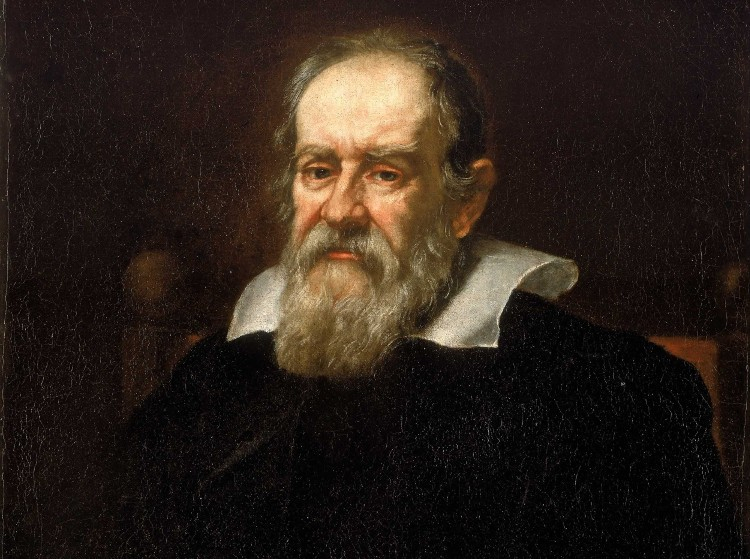
Photo: Wikipedia - Galileo Galilei 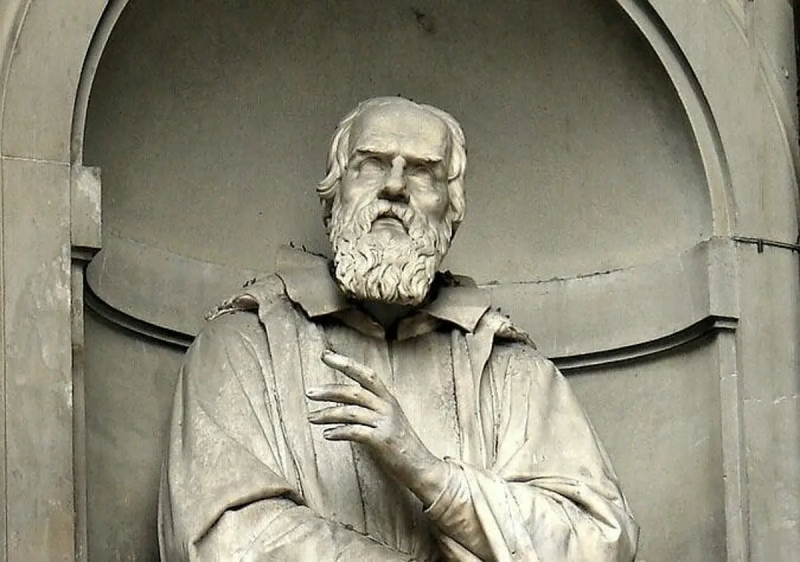
Photo: ZME Science - Galileo Galilei -
Julius Caesar, a well-known Roman military pioneer and government figure, is not only well-known in Italy but was also one of the most renowned people in history.
Julius Caesar born around 100 AD at Rome and died there in 44 AD. He was a Roman general, author, and lawmaker. He gained widespread praise for leading the Roman armies in their conquest of Gaul (a region that includes much of modern-day France as well as portions of Belgium, Germany, and Italy) as a political genius and strategist.
He made major political and social changes that are still evident today and played a crucial role in the rise of the Roman Empire. For instance, the Julian calendar that Caesar introduced became popular during the Roman era. The schedule provided the foundation for the Gregorian calendar that is still in use today.
Decisively and permanently, Caesar altered the trajectory of Greco-Roman history. The majority of the names of the Greco-Roman society's great men are obscure to the typical educated modern person because the society has been extinct for so long. But throughout the Christian and Islamic worlds, people continue to mention Caesar and Alexander. Even those who are unfamiliar with Caesar as a historical figure are aware of his family name as a designation for a ruler who is in some way uniquely dominant or paramount—the meaning of Kaiser in German, tsar in Slavic languages, and qayar in Islamic languages.
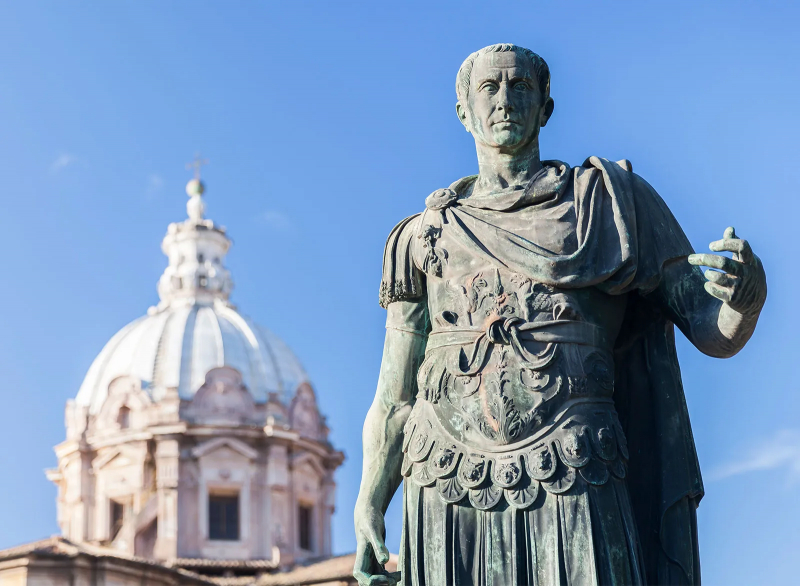
Photo: Encyclopedia Britannica - Julius Caesar 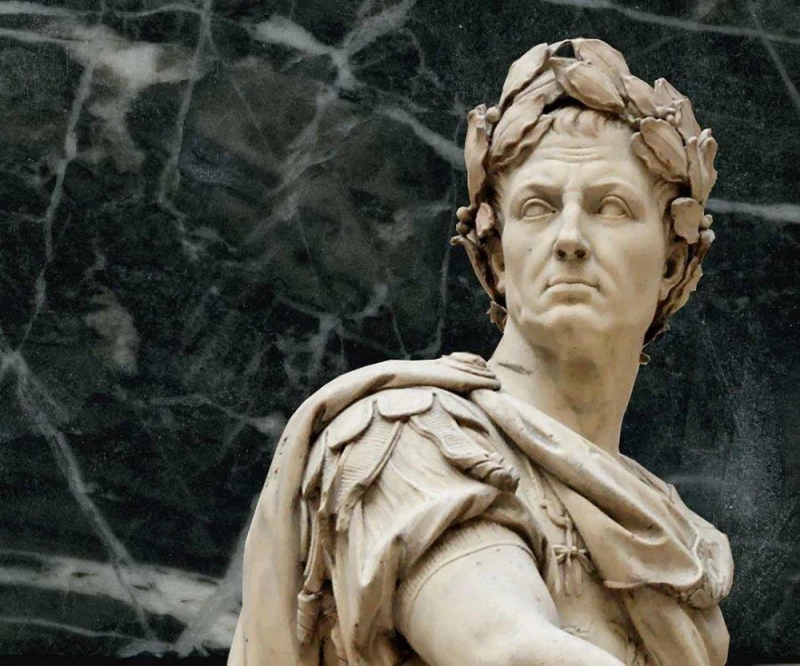
Photo: SOHA - Julius Caesar -
Alessandro Volta, one of the most well-known Italian inventors of all time, has already been discussed. Along with inventing methane, which is a little less widely known, he is credited with developing the first electrical battery. The realization that electricity could be produced by a chemical reaction opened up countless revolutionary opportunities for human advancement and pioneered experimental physics. It's interesting to note that Italian scientist Luigi Galvani was also responsible for the discovery of the so-called animal electricity.
The metric unit for electric potential is still known as the Volt, after Alessandro Volta. Of course, the initial battery was a big thing with two electrodes constructed of discs of copper and zinc submerged in a solution of water and sulphuric acid, so it probably wasn't the most convenient way to power home equipment. However, Volta's experiment inspired others to expand on his finding, which resulted in the creation of a number of battery-powered devices that eventually gave rise to the ubiquitous nature of portable electronics that we now experience in our daily lives.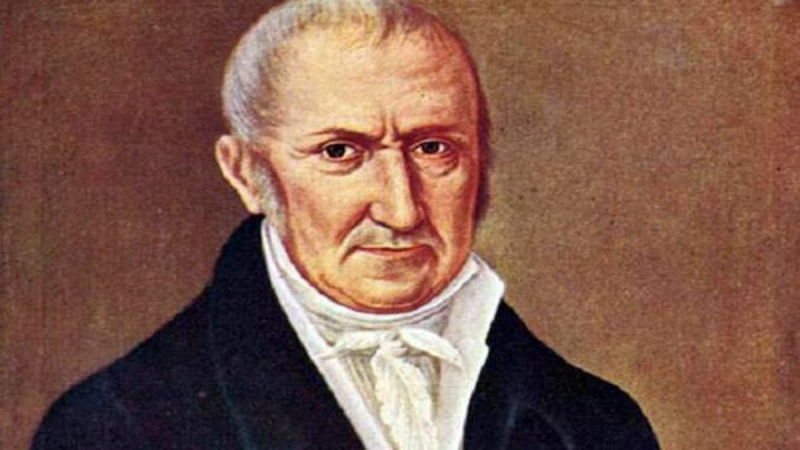
Photo: Kyluc.vn - Alessandro Volta 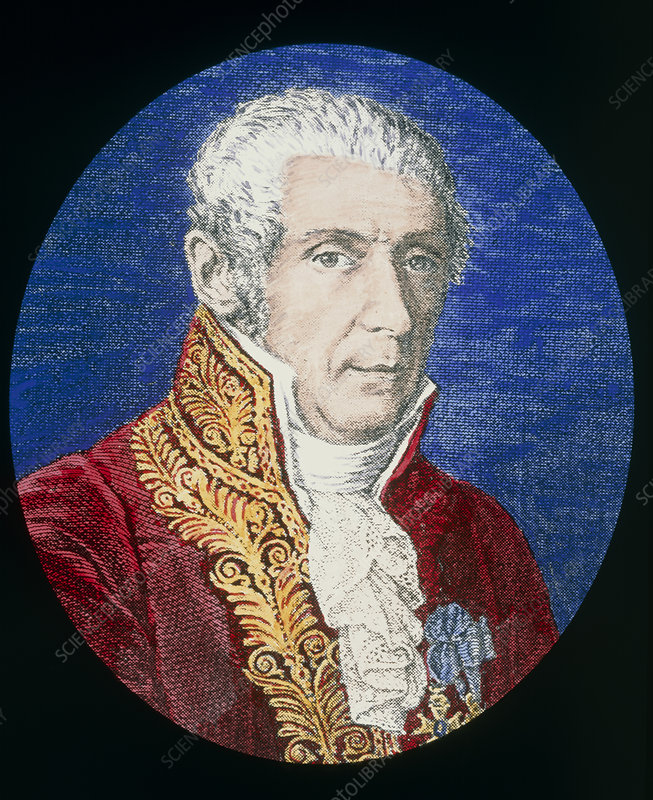
Photo: Science Photo Library - Alessandro Volta -
Marco Polo, a prominent European traveler to China in the thirteenth century, went to China as a young man with his father and uncle to see Emperor Kublai Khan. He spent a considerable amount of time in China working for Kublai Khan, who was so impressed by Polo that he appointed him as the ruler of one of his metropolitan centers.
Under the Chinese leader, he had various high-ranking positions, some of which included acting as his agent, representative, and legislative leader of one of his provinces. He had collected enormous riches, diamonds, and fortunes by the time he returned after 24 years and brought to Venice fascinating tales of Chinese culture.
The Travels of Marco Polo, written by Rustichello da Pisa, is a detailed account of all his travels and meetings with Emperor Kublai Khan in China. He gained notoriety in Venice following the publication of this book, inspiring many people to travel, including Christopher Columbus. Since the early manuscripts of Marco Polo's book differ widely and the reconstruction of the original text is a question of textual criticism, there does not and cannot be an authoritative version of the book. There are reportedly 150 copies total, all in different languages. There are many discrepancies between the various copies since mistakes were regularly made during copying and translation before the printing press was available.
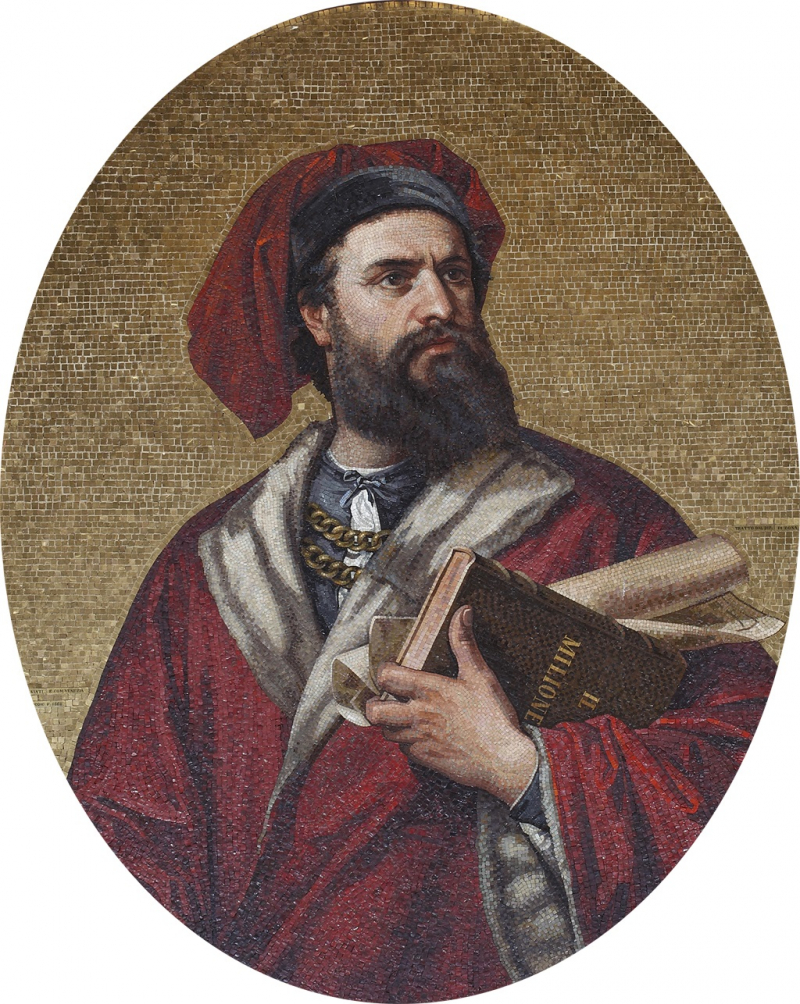
Photo: Wikipedia, frjálsa alfræðiritið - Marco Polo 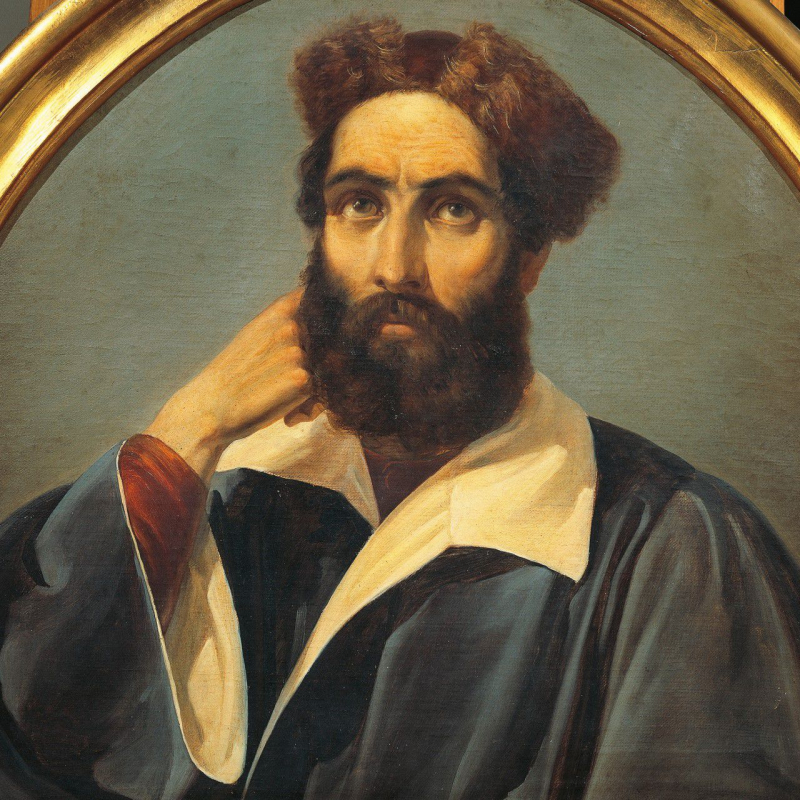
Photo: ThoughtCo - Marco Polo -
Did you know that the most famous explorer of the continent was an Italian named Christopher Columbus, also known by the name Cristoforo Colombo?
Columbus was largely self-taught and well-read in the fields of geography, astronomy, and history. In order to take advantage of the lucrative spice trade, he devised a strategy to look for a western sea route to the East Indies. Following the Granada War, the Catholic Monarchs Queen Isabella I and King Ferdinand II agreed to support a travel to the west in response to Columbus's relentless campaigning in numerous kingdoms. Columbus set sail from Castile with three ships in August 1492, and on October 12, he arrived on American soil, putting an end to the pre-Columbian era of human life there. He landed on a Bahamas island called Guanahani, which is the name given to it by its locals. Later, after traveling to what are now known as Cuba and Hispaniola, he founded a colony in what is now Haiti. Early in 1493, Columbus made his way back to Castile, bringing a number of captive indigenous with him. His journey quickly became known across Europe.
He was acknowledged as the first European to discover the Americas in 1492. The discoveries made by Christopher Columbus at the time were not only important milestones for European exploration, but they also represented the spread of European influence over the globe and prepared the path for the colonization of new areas.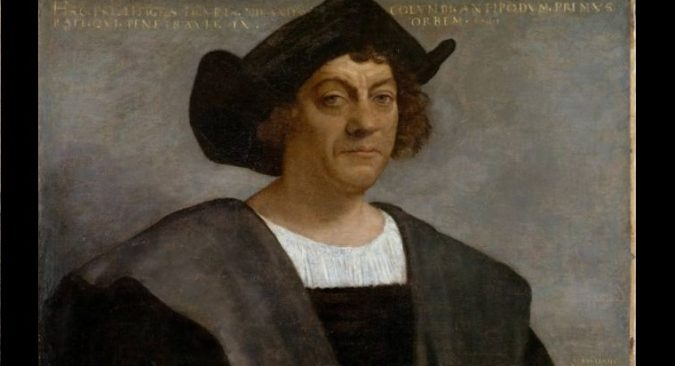
Photo: DKN News - Christopher Columbus 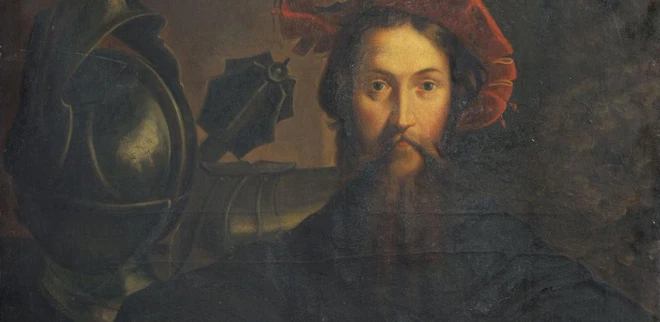
Photo: Trouw - Columbus -
The last in our list of most important historical figures in Italy is Nobel laureate Rita Levi-Montalcini, who not only contributed to the field of neurobiology by discovering the nerve growth factor but also set an example for women of her time and for the following generations, by defying all the expectations that a young woman at the beginning of the XX Century was subjected to. She made the decision to devote her entire life to science in the firm belief that men and women have the same intellectual capability but fundamentally different approaches in a culture that considered the role of wife and mother as the highest position a female could aspire to. She made contributions to innovative medical research before serving in the Italian Senate till her death (2012).
After a 1938 rule prohibiting Jews from holding positions in higher education was implemented, Levi-Montalcini lost her job as an assistant in the anatomy department. She established a laboratory in her bedroom in Turin during World War II and examined the development of nerve fibers in chicken embryos, learning that nerve cells perish when they have no targets and establishing the foundation for much of her subsequent study. Years later, in the science documentary Death by Design/The Life and Times of Life and Times, she spoke about this incident (1997). The movie also includes her identical twin sister Paola, who rose to prominence as an accomplished artist and is most known for her aluminum sculptures, which are intended to illuminate the surroundings thanks to their reflecting, white surfaces.
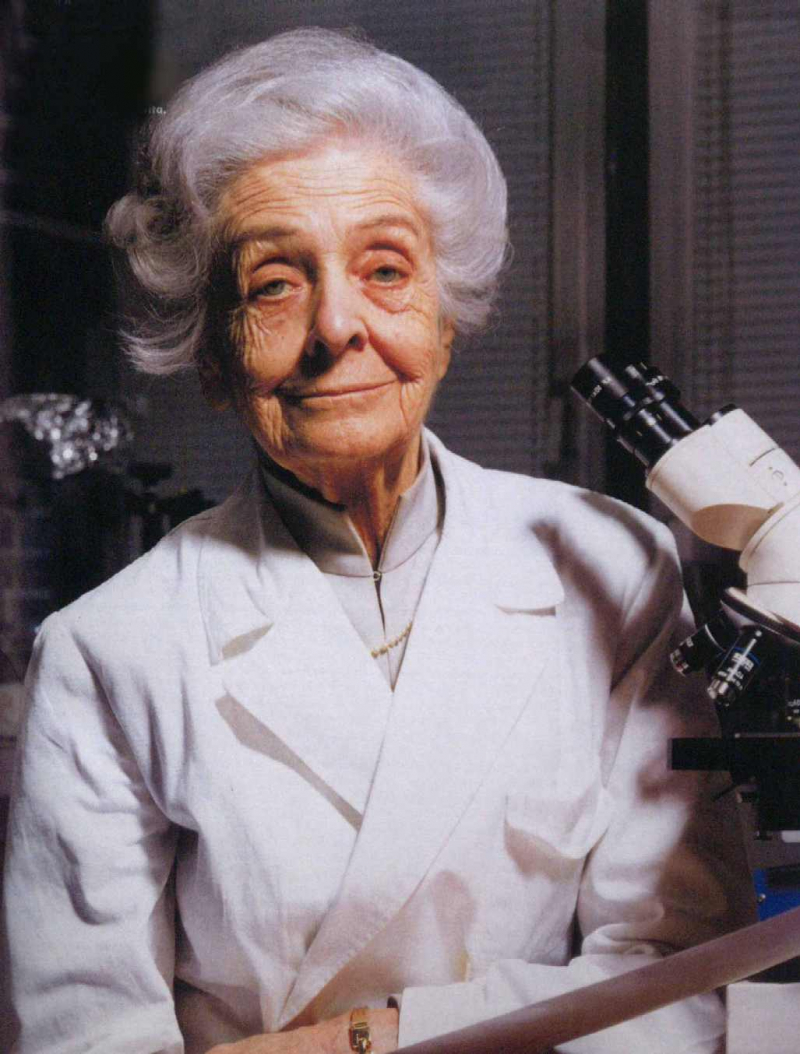
Photo: Wikipedia - Rita Levi-Montalcini 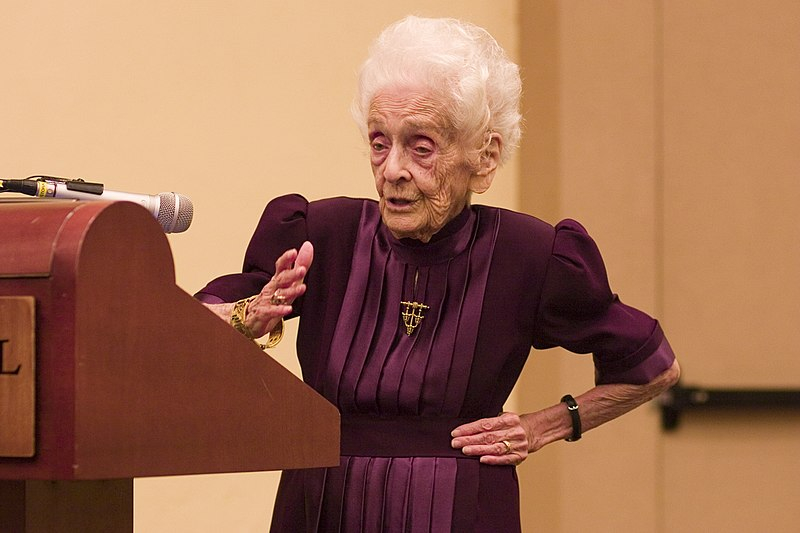
Photo: The New Federalist - Rita Levi-Montalcini












